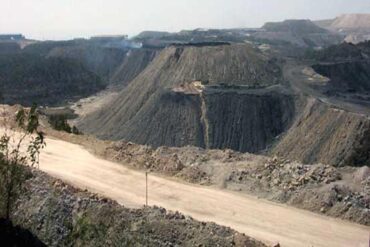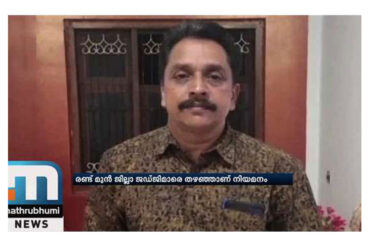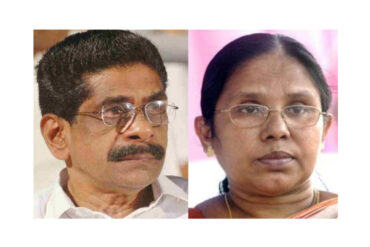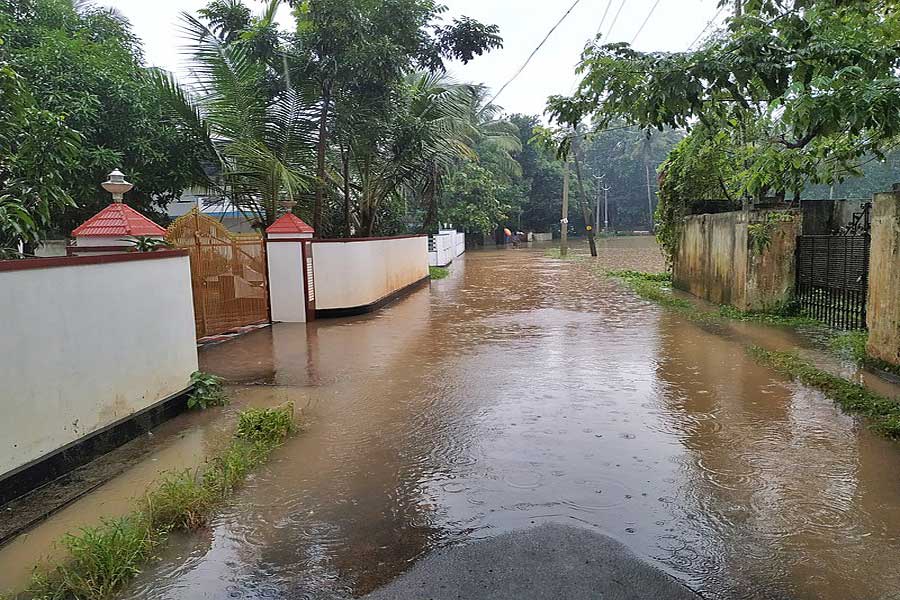Amid the Covid outbreak which has held the world under a spell, Kerala is gearing up to welcome yet another monsoon season without much preparation. The southernmost state had witnessed terrible floods and related calamities in the last couple of years – around 480 people lost their lives in 2018 while the casualty was around 120 last year. The discussions which had begun in this direction have now given way to Covid pandemic management following the outbreak. While the state government is busy dealing with it, the local authorities foresee a troublesome monsoon this year too, owing to the state of unpreparedness.
The officials and authorities in Wayanad, where 2019 flood caused severe damages, say nothing related to a possible flood is being discussed and reckon the district is totally unprepared to face another crisis similar to last year’s. Puthumala at Meppady was the worst affected by the tragic landslide last year. 59 families completely lost their houses and a great number of people were buried alive. “The geological survey of India had conducted a study after the calamity and they found that it was construction activity and the ‘resort culture’ which hampered the strength of the hills. Meppady is such a beautiful place reminiscent of Ooty and therefore, it is a favourite destination of tourists. There were a good number of resorts functioning here before the landslide. But after the incident, all of them were closed,” said K B Naseeba, district panchayat president. Last day, rain accompanied by heavy wind, had blown the roofs of several houses away at Padinjarethara panchayat.” she added.
C K Saseendran MLA, legislator from Kalpetta in Wayanad, said that apart from Puthumala, Ambukuthymala—which houses the famous Edakkal caves—was also identified as a locality prone to landslide. “People from these places will be evicted at the earliest if it is required. But if the lockdown were to extend to June, people would be moved to relatives’ houses. For those people who cannot be moved to safer places, camps will be arranged where norms of social distancing will be strictly followed,” he said.
In fact, nobody lives at Puthumala right now, said T Hamsa, a ward member at Meppady Panchayat. “Those who survived the catastrophe are now living in rental houses at various places in the district. 2-3 months after the calamity, the house rentals of the victims were remitted by a group of individuals who collected money to help those who survived. It lasted for only a short duration. I don’t know how the survivors find money these days as all of them work as daily wage labourers with meager incomes,” he said.
“Though the resorts and other construction activities at Puthumala have been completely stopped now, there are many resorts still functioning near Kurichiarmala, Machimala and Muttilmala and various other sensitive locations,” added T Hamsa.
Malappuram was another district which was severely damaged when the monsoon unleashed itself last year. But the officials and local authorities said they are totally oblivious of the geological survey report prepared by the Geological Survey of India team which conducted studies at the localities where flood caused total damage. Kavalappara, a hillside village in Nilambur municipality, witnessed terrible landslide that took lives of many.
“The discussions regarding the mitigation and control of monsoon related calamities had begun but we gave it up when the lockdown was implemented. Nobody is talking about the flood now. If a critical situation arise this year, camps will be opened as was done last year,” said district panchayat president Unnikrishnan. When asked about the Geological Survey report, he said, he was not informed about the findings of the report, clearly indicating lack of proper communication between various officials regarding crucial matters.
Raghavan, geologist at Malappuram district, also said that he was unaware of the GSI report. “A team of geologists had visited the district and conducted studies. But I do not know what they have found out as I was not in that team. All I can say right now is that there are strong chances for the district to face yet another monsoon calamity this year. Cracks and fissures are found in various hills not just at Kavalappara, but at Karuvarakundu, Chaliyar and many other places. Calamity may happen or may not. But people should be shifted from these places as soon as the rain strengthens,” he said.
Sakkeena Paladupal, district panchayat vice president, also opined that nothing substantial was happening on that front. “Actually nobody is talking about floods but the district is prone to such calamities. So there should be preparedness. We have identified 238 schools where people can be camped in case a calamity happens. These schools can also be made available to quarantine those people who will get back in the district from different foreign countries.
Pending compensation
Though some of the flood victims from these districts were awarded immediate compensation assured by the state government, a good number of people have not received the money yet, according to the officials. The government had announced an immediate compensation of Rs 10,000 for each family. Rs 4 lakh was assured for the families which lost the house completely. “I don’t think that anyone in Puthumala has received money from the government. The houses they lost were their only possessions and they must have worked really hard to build those houses,” said K B Naseeba. At Puthumala alone, 59 houses were destroyed.
Malappuram district panchayat officials also alleged that there were many people in the district who had not received any compensation yet from the government. “A total of 600 families suffered total damage of their houses. And only a few are known to have received the compensation,” they said.
Environmental considerations
Senior environmentalists raised questions regarding the government’s apathy towards environment. “Now nobody is talking about an expected monsoon calamity. Politicians are busy with their usual games. We have already faced two great floods in a row. And chances for another one this year cannot be ruled out. People were cheated in 2018 as the flood was dubbed as a one-time phenomenon. The claim proved wrong when the same catastrophe repeated the very next year. Remember there are more than 15 dams in Kerala which the authorities strictly argue cannot be used for flood control. In Kerala, the dams are classified as per their purpose. One class of dams stand solely for flood control while the other class is for power generation. The third class of dams function for irrigation purposes. See, we learned no lessons from the past and we are totally unprepared to combat a possible calamity. What I say is, at least for now, we should stop mining, quarrying and illegal constructions on the banks of water bodies. Then only can we continue to survive,” said C R Neelakandan, noted environmental activist and writer.







